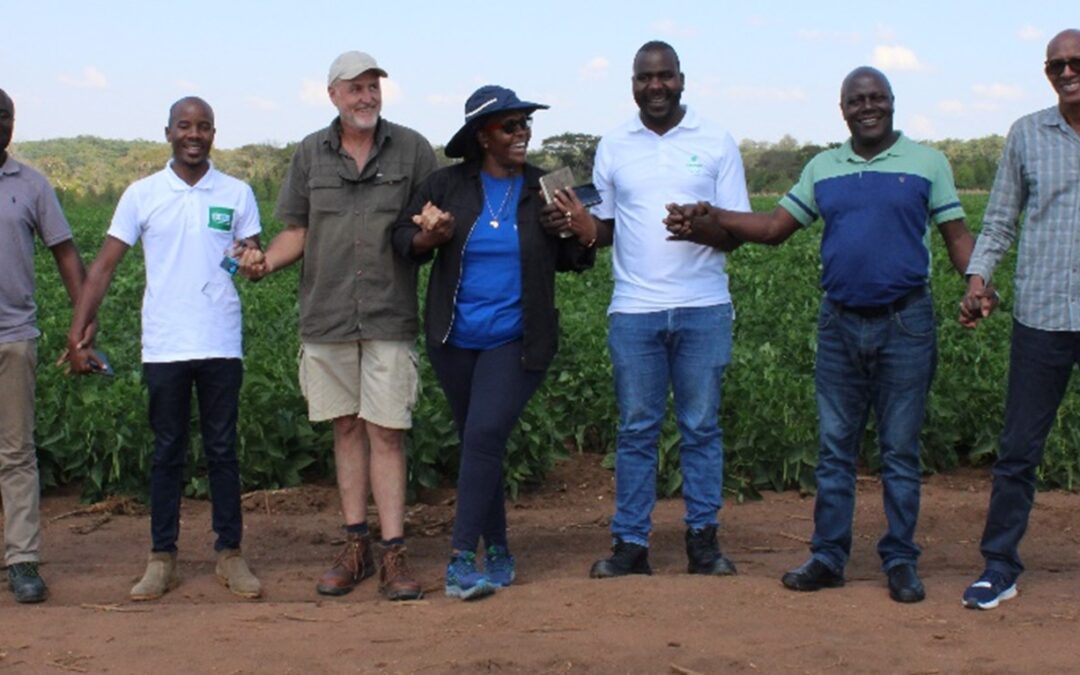Digitalization in farming remains a distant goal in most parts of Africa mainly due to low literacy and limited access to digital tools by smallholder farmers.
But in Malawi studies show that smallholder farmers in the rural areas of Malawi are increasingly using digital tools in their farming activities to get information about their fields, suitable seasons to plant and type of seedlings that are more resilient.
From as low as 0.004% of mobile phone penetration in 1995, the rate has reached an all-time high of 60.0% as of 2022 in the southeastern African nation, according to the World Bank statistics.
Realizing the immerse potential associated with adoption of technologies in farming, Calvin Kamchacha began pursuing a road less traveled.
Through his Tradeline Corporation Limited, Kamchacha decided to start connecting producers and manufacturers to a wide range of high value domestic and export markets through digital means. This led to the birth of an online platform – Farmers Commodity Market www.fcmmalawi.com.
“It is an issue of efficiency, where a lot of people will be saving time and money by doing transactions digitally instead of going through other traditional means,” the Tradeline Chief Executive Officer explains.
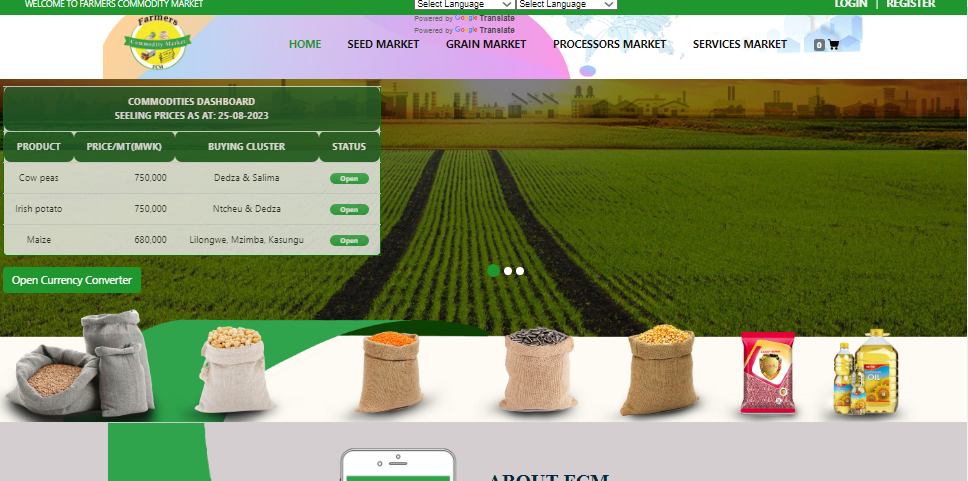
Figure 1: The home page of the Farmers Commodity Market platform– Picture by Tradeline
As a business conglomerate that started opened its doors in 2009 to champion agricultural commodity trading, Tradeline thought of expanding its reach by creating digital prototypes comprising of E-Commerce and USSD code.
The latter was meant to accommodate users that do not have smartphones, especially smallholder farmers living in remote areas, to enhance access to knowledge, increase productivity and food security.
In later years, Tradeline collaborated with the bean Multi-stakeholder Platform (MSP), a public-private led bean platform that enable actors in the bean value chain in Malawi to cooperate and share information and best practices, resulting into improved and more beneficial bean business in the country.
The platform was reactivated by the project of “Transforming seed systems in Malawi to respond to bean variety demand through MSPs”, which the Alliance of Bioversity International and CIAT (The Alliance) was implementing through Pan-African Bean Research Alliance.
Consequently, the MSP players comprising of Department of Agricultural Research Services (DARS), Lilongwe University of Agriculture and Natural Resources (LUANAR), Catholic Development Commission (CADECOM), individual farmers, farmer groups, bean offtakers and traders were brought under one digital roof.

Figure 2: Kamchacha: Tradeline Group Chief Executive Officer – Picture by Tradeline
Source of inspiration
Enthused by the KasuwaGo App, designed to enable actors across the legume value chain such as buyers, sellers and resellers to interact and initiate transactions in Nigeria, Tradeline worked hand-in-hand with the PABRA team and the Michigan State University (MSU) in developing the digital tools of similar nature in Malawi.
MSU took an interest in the venture at the back of a United States Agency for International Development (USAID) funded project through the Feed the Future Innovation Lab for Legumes Systems Research, meant to transform seed systems in Malawi through MSPs.
To avoid cutting corners and ensure that there is maximum perfection in executing the plan, Tradeline further undertook synthesis of data collected by Masters’ Degree Students at LUANAR to establish digital needs of stakeholders.
The data provided the much-needed information on the digital landscape especially in the rural environment, cellphone penetration, most used digital channels and enablers for digital progress.
As the development of E-commerce platform continued, focus rested on adding functionalities for seed market and grain market component and addressing additional needs provided during multi-stakeholder workshops.
Kamchacha says the USSD function was meant to incorporate users who have no smartphones, so that they should be able to register and do transactions like any other user by dialing *384*38# through an Airtel line.
Through this function, a user will be able to buy or sell a product, make orders as well as pay for a product of their choice directly to the seller without being aided by middlemen.
By using USSD code and other digital means, every user will be able to access information directly on phone, with notifications also employed to support digital statement receipt, as well as awareness of new developments.
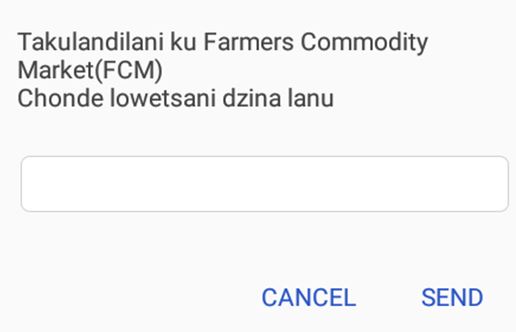
Figure 3: The welcoming page of the *384*38# USSD Code, urging a user to enter their name to start trading – Picture courtesy of Tradeline
Steps made and way forward
The network is targeting to recruit 200 clients and at least 20 digital market champions in grain market on the system before the end of 2023 with extension services and financial institutions next in the line to be incorporated.
The role of the market champions, according to Kamchacha, is to facilitate the aggregation of commodities by buying it from the district farmers and aiding the sale of product through the digital platform.
“At the end of the day, we know that farmers have got capacities to produce huge volumes [of bean produce] that should really move the stakeholders, make orders and stakeholders can buy at the right price,” Kamchacha states.

Figure 4: Registration page of the digital platform – Picture by Tradeline
Moving forward, the Tradeline boss says further investments are needed in making sure that the systems are reliable and secure as it involves financial transactions.
This, he says, is from the fact that in the wake of technology and digital innovations, variations of threats to business such as hacking are increasingly becoming rampant.
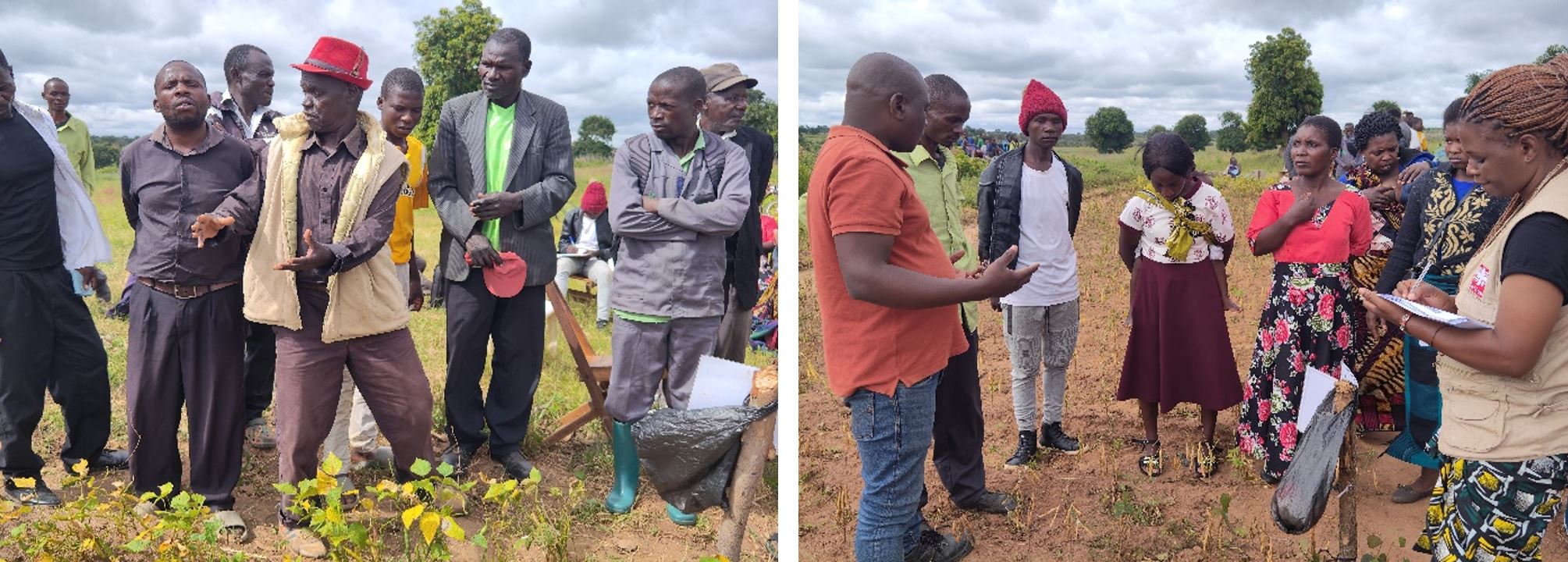
Figures 5 and 6: Farmers and Field Officers forming part of the digital trading to enhance bean value chain – Picture by Yohane Chideya
For smallholder bean farmers like Savieli Joseph, member of Chinsinsi Farmers’ Club under Lobi Extension Planning Area in Dedza district, these digital means of doing transactions are a relief.
He says the digitalization will assist in dealing away with vendors, who during harvesting seasons, roam rural areas to dupe farmers by buying commodities such as beans at lowest prices.
“Whenever we struggle to find markets for our farm produce, vendors take advantage of our situation. For fear of losing out, we just sell our beans at a giveaway price,” laments Joseph.
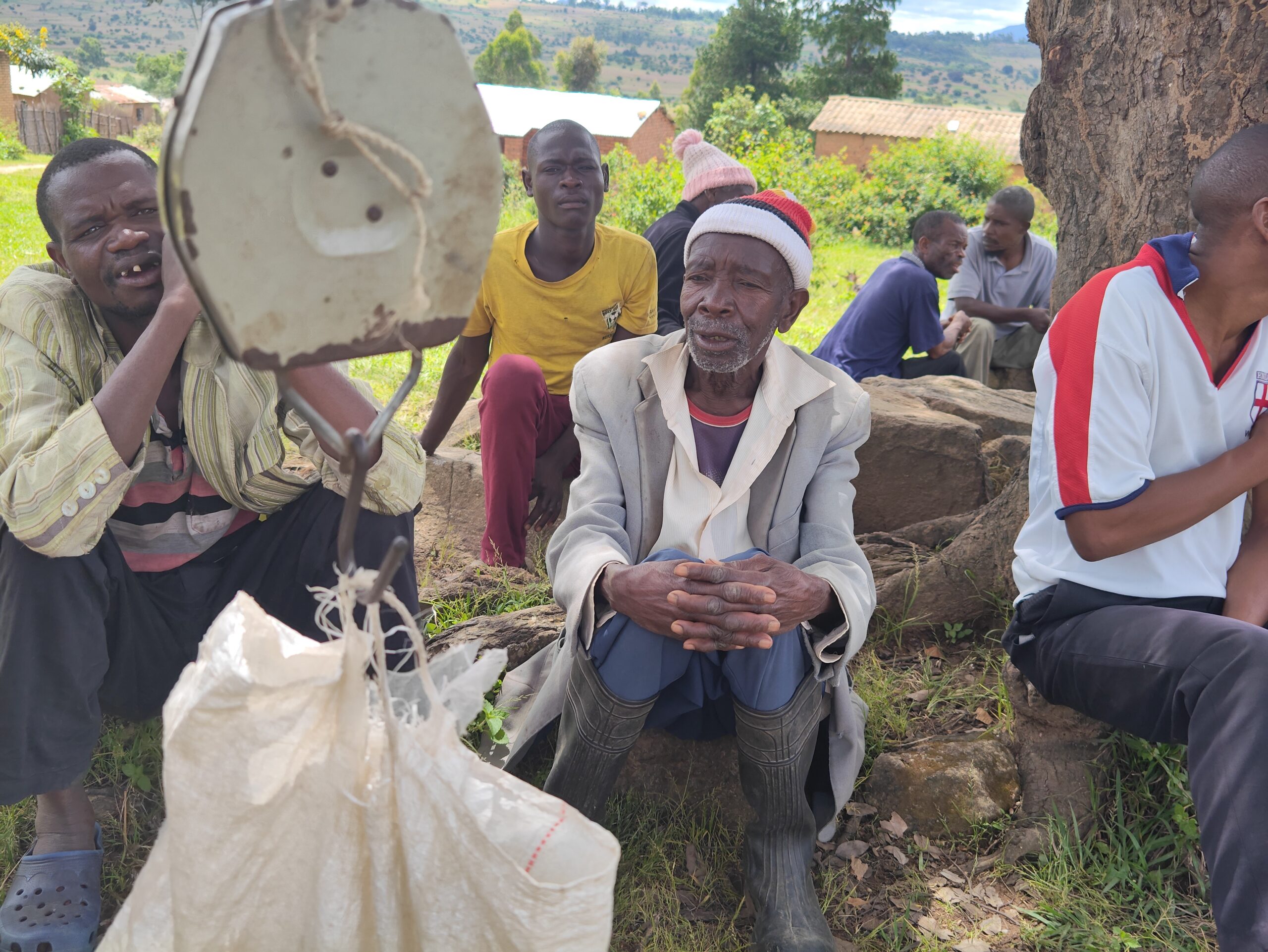
Figure 7: Savieli Joseph (right) anticipates benefiting more from bean farming
Capacity building
Kamchacha concedes that there is more to be done in such as getting users ready by equipping them with skills in digital literacy.
He says training, provision of information and guidelines targeting both users and practitioners are and will continue to be employed to enhance popularization of the digital tools.
In the first roll-out series, he adds, 16 agronomists from CADECOM were trained in the operation and registration process of the digital tool, who in turn will be able to integrate farmers onto the platform.
“We need to popularize it to make more people become aware. For instance, there are very few smallholder farmers that understand and trust the elements of digitalization. So training is important. We have to thrive locally first before serving internationally,” he says.
He adds that he also seeks to establish baseline conditions for the MSP and non-MSP counterfactual sites on grain demand and seed investments, besides collecting monitoring and evaluation data on key MSP operations, membership changes, bean grain volumes changes and seed investments from a gender lens.
Markets Researcher and Agricultural Value Chain Development Specialist at the Alliance Eliud Birachi is impressed with the strides made, but asks for further investments on the platforms for its utmost efficiency.
“Digitalization is a major element that still needs some additional investments. Right now we will consider it as a testing stage. There is need to work on it further until is it fully adapted,” he says.
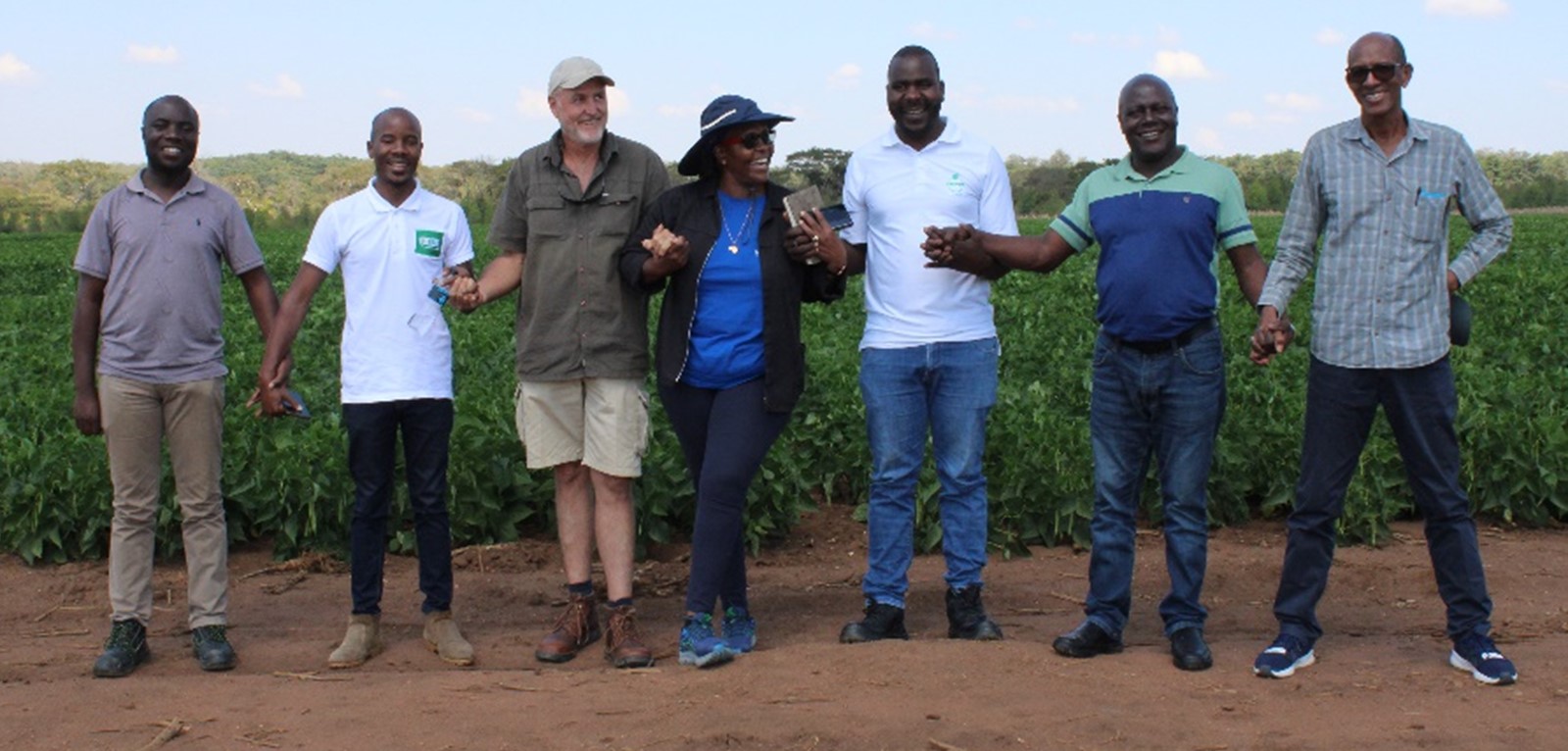
Figure 8: PABRA officials posing for a picture with some of the MSP members – Picture by Yohane Chideya

